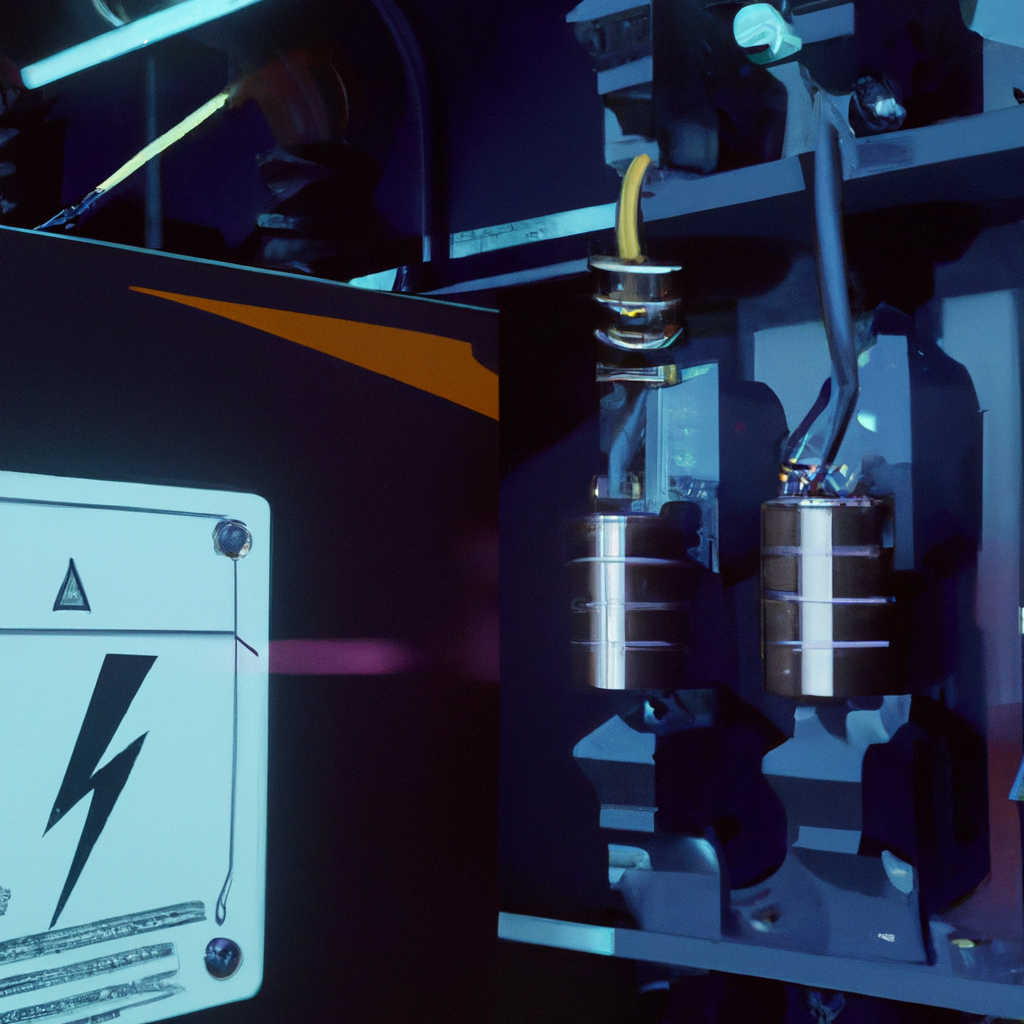Transformers are an essential component of modern power systems. They play a critical role in power transmission, energy conversion, and electrical engineering. Electrical transformers are devices that transfer electrical energy from one circuit to another without changing the frequency, but they do change the voltage level. In this article, we will explore how transformers change voltage and their importance in modern power systems.
Transformers have two primary components: the primary winding and the secondary winding. The primary winding is connected to the source of electrical power, while the secondary winding is connected to the load. The two windings are magnetically coupled, and when an alternating current (AC) flows through the primary winding, it creates a magnetic field around it. This magnetic field then induces a voltage in the secondary winding, which is proportional to the number of turns in the winding.
Transformers and Voltage Change

Transformers work on the principle of electromagnetic induction. When an AC voltage is applied to the primary winding, it generates a magnetic field in the core of the transformer. This magnetic field then induces a voltage in the secondary winding. The voltage induced in the secondary winding is proportional to the ratio of the number of turns in the secondary winding to the number of turns in the primary winding.
For example, if the primary winding has 100 turns, and the secondary winding has 200 turns, the voltage induced in the secondary winding will be twice the voltage applied to the primary winding. This is because the voltage induced in the secondary winding is proportional to the ratio of the number of turns in the secondary winding to the number of turns in the primary winding.
The Importance of Transformers in Power Transmission
Transformers play a vital role in power transmission. The voltage level of the power generated at the power station is typically much higher than the voltage required by the end-users. Therefore, transformers are used to step down the voltage to a level that is suitable for transmission over long distances. This reduces the amount of power lost due to resistance in the transmission lines, making the power transmission more efficient.
Transformers and Energy Conversion
Transformers are also used in energy conversion. For example, in electric cars, the battery pack provides a high voltage, which is then stepped down using a transformer to a voltage suitable for the motor. This allows the motor to operate efficiently while still providing the required power.
Types of Transformers
Transformers come in many shapes and sizes, and they can be used for a wide range of applications. Some of the most common types of transformers include:
– Step-up Transformers: These transformers are used to increase the voltage level from the primary winding to the secondary winding. They are typically used in power stations to step up the voltage to a level suitable for transmission over long distances.
– Step-down Transformers: These transformers are used to decrease the voltage level from the primary winding to the secondary winding. They are typically used to step down the voltage to a level suitable for use by end-users.
– Isolation Transformers: These transformers are used to isolate the primary winding from the secondary winding. They are typically used to provide electrical isolation between different parts of a system.
– Autotransformers: These transformers have a single winding, which is tapped at different points to provide different voltage levels. They are typically used in applications where a voltage needs to be stepped up or down by a small amount.
The Bottom Line
In conclusion, transformers are essential components in modern power systems. They play a critical role in power transmission, energy conversion, and electrical engineering. Transformers change the voltage level of electrical energy, and they work based on the principle of electromagnetic induction. Different types of transformers are used for different applications, including step-up transformers, step-down transformers, isolation transformers, and autotransformers. Understanding how transformers change voltage is crucial for anyone involved in electrical engineering or power systems.






